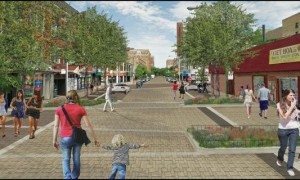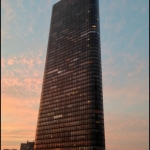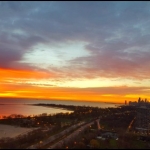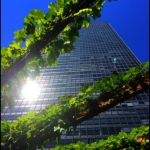“Shared Street” Concept Coming To Argyle
September 10, 2015
No Signs of the Times: Argyle to Become Chicago’s First “Shared Street”
If you have not already heard about this, here’s something to watch for around our neighborhood, next year.
From New City Design, shared by Unit Owner Sheldon Atovsky.
By Aaron Rose
Ready. Set. Slow down.
Chicago is about to get its first—official—shared street. By this time next year, Argyle Street, in the 48th Ward on the city’s North Side, will be a streetscape that relies on human interaction to negotiate the flow of pedestrians, bikes and vehicles, rather than relying on standard traffic signs and signals.
In this experiment, Chicago joins cities around the world—in the Netherlands, Australia, New Zealand, Britain, Germany, as well as other American cities—in enhancing a thoroughfare that draws foot traffic, like Kensington High Street in London, Bell Street in Seattle and Pittsburgh’s Market Square, into a pedestrian- and bike-friendly destination. Construction on the project, five years in the planning, began in early July.
The shared street concept, or “woonerf” in the Netherlands where the current incarnation was introduced and advocated by Dutch traffic manager Hans Monderman, is achieved by eliminating most markers typically associated with traffic control. Shared streets use a more open or flexible design plan than conventional traffic-management techniques such as traffic signals and signs, curbs, designated traffic lanes and walkways. The shared street requires individuals to pay attention to their surroundings—not just to the mechanical or inanimate arbiters of traffic control such as traffic lights and stop signs—but to one another.
Video of the center of Leeuwarden, the Netherlands
The dynamic of shared streets enhances one’s awareness of space, requires eye contact and elicits interactive gestures. Rather than passively and impatiently waiting at a traffic light, on foot or in a vehicle, or zooming ahead heedless of everything but the next light at the next intersection, shared streets require users to make conscious decisions engaged with others on the street. Studies, such as those conducted by Danish architect Jan Gehl, indicate that shared streets are less congested, have fewer accidents, are more profitable for area merchants, and are more peaceful, pleasant places…..click here for full article.








